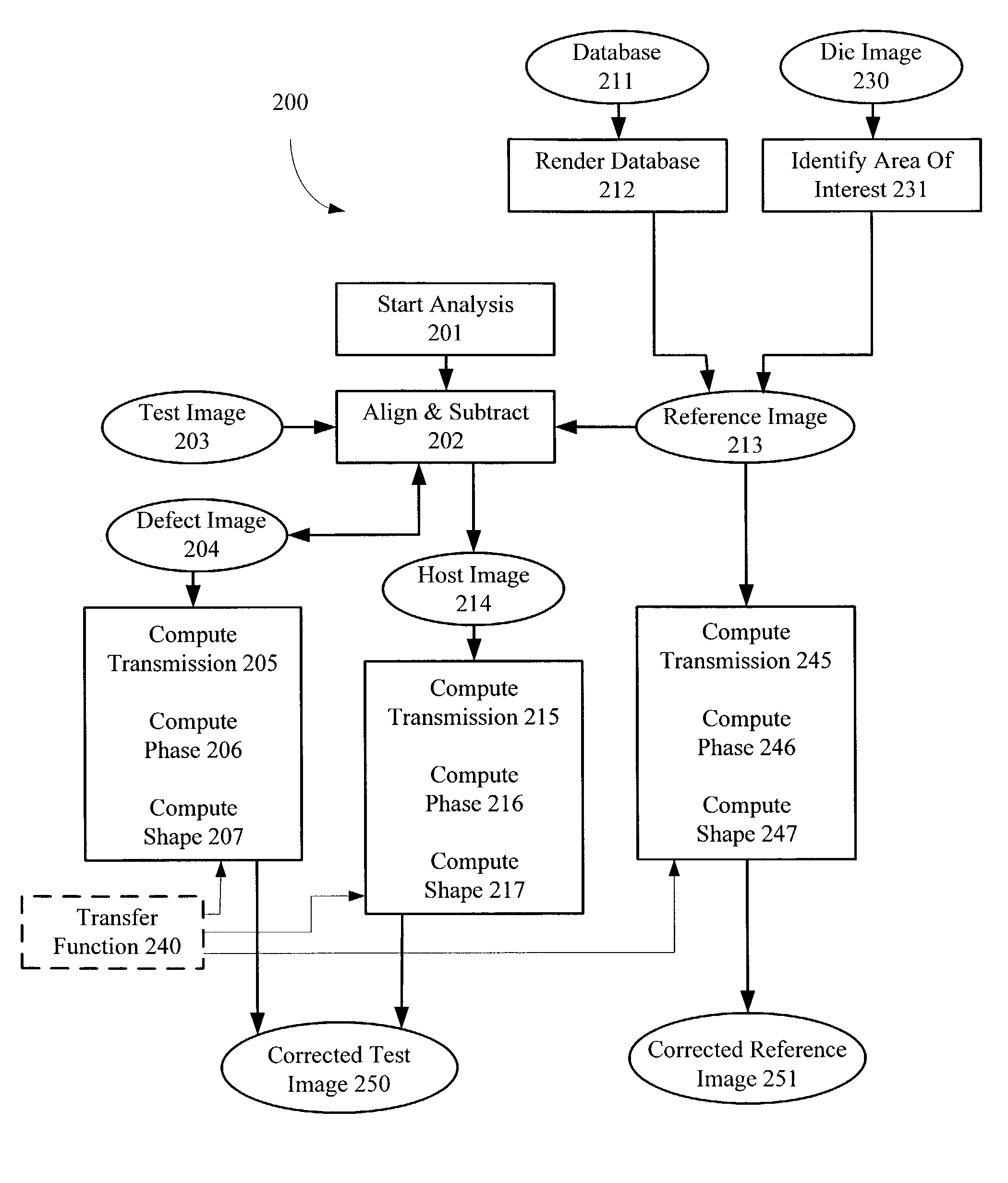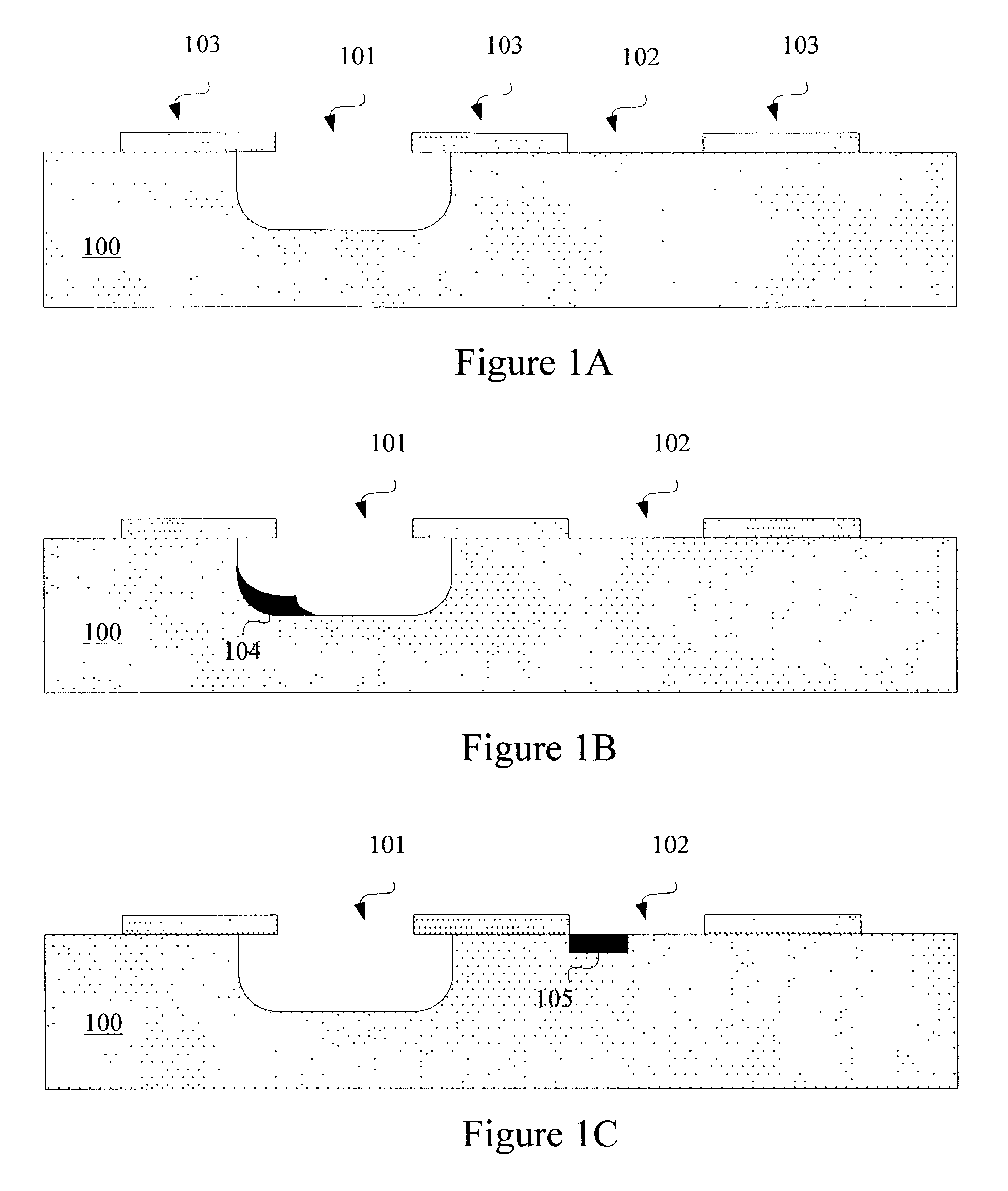Soft defect printability simulation and analysis for masks
a mask and printability technology, applied in the field of integrated circuit manufacturing, can solve the problems of masks that are either initially or after repair, can not automatically identify soft defects, much less determine the impact of soft defects, etc., and achieve the effect of improving the computed transmission of these images
- Summary
- Abstract
- Description
- Claims
- Application Information
AI Technical Summary
Benefits of technology
Problems solved by technology
Method used
Image
Examples
Embodiment Construction
[0069]Although illustrative embodiments of the invention have been described in detail herein with reference to the accompanying figures, it is to be understood that the invention is not limited to those precise embodiments. They are not intended to be exhaustive or to limit the invention to the precise forms disclosed. As such, many modifications and variations will be apparent.
[0070]For example, if neither database nor gray scale information is available, then certain arbitrary phase assignments to the shifters can be made in the host image. Specifically, assuming that no phase conflicts exist in the host image, a first shifter can be assigned one phase (e.g. 0 degrees). At this point, using the assigned phase from the first shifter, a second shifter proximate to the first shifter can be assigned the opposite phase (e.g. 180 degrees). Note that proximate shifters typically define sub-wavelength features (e.g. a transistor gate) and therefore have opposite phases. In other words, t...
PUM
| Property | Measurement | Unit |
|---|---|---|
| defect | aaaaa | aaaaa |
| defect image | aaaaa | aaaaa |
| transmission | aaaaa | aaaaa |
Abstract
Description
Claims
Application Information
 Login to View More
Login to View More - R&D
- Intellectual Property
- Life Sciences
- Materials
- Tech Scout
- Unparalleled Data Quality
- Higher Quality Content
- 60% Fewer Hallucinations
Browse by: Latest US Patents, China's latest patents, Technical Efficacy Thesaurus, Application Domain, Technology Topic, Popular Technical Reports.
© 2025 PatSnap. All rights reserved.Legal|Privacy policy|Modern Slavery Act Transparency Statement|Sitemap|About US| Contact US: help@patsnap.com



